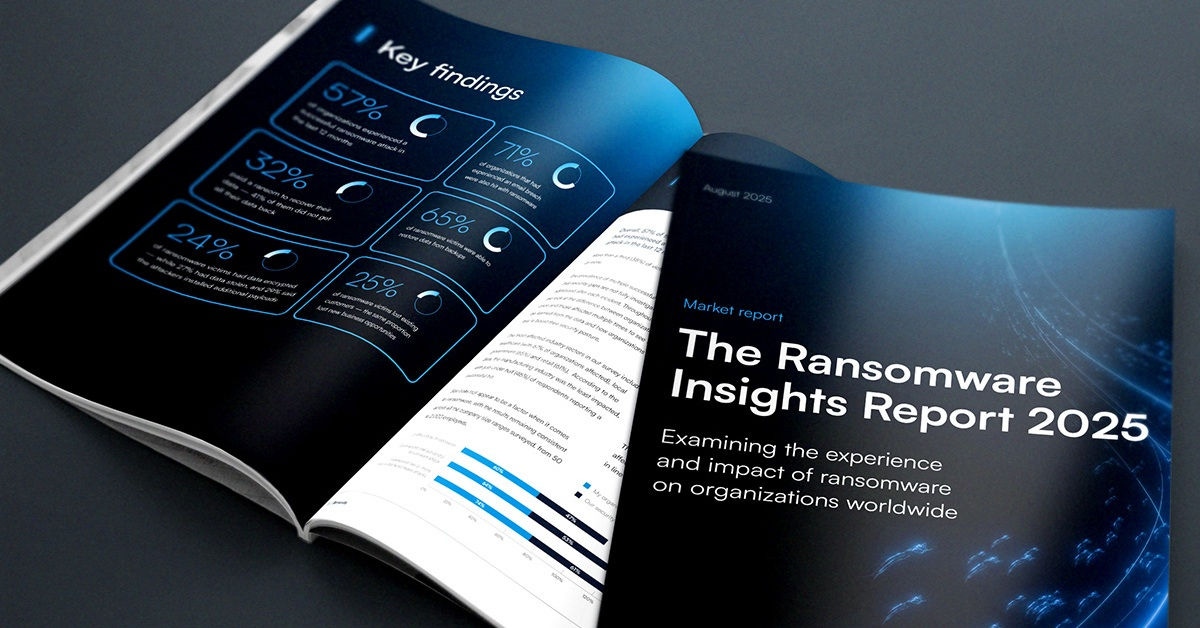
L'aumento dei costi della cybersecurity costringerà le organizzazioni a rivedere le strategie
Sebbene la spesa per la cybersecurity continui ad aumentare, non è chiaro fino a che punto tale livello di spesa sia sostenibile. Alcuni potrebbero sostenere che, dopo decenni di spesa insufficiente per la cybersecurity, le organizzazioni stiano iniziando a rendersene conto e che la cybersecurity stia finalmente ricevendo l'attenzione che merita. Tuttavia, ci sono altri che sostengono che, come percentuale della spesa complessiva per l'IT, l'importo allocato alla cybersecurity stia avvenendo a scapito di altre priorità strategiche.
Un <a href="https://futurumgroup.com/press-release/how-will-cybersecurity-reach-288b-by-2029-futurum-unveils-new-insights/">rapporto</a> del Futurum Group prevede che la spesa per la cybersecurity aumenterà a un tasso di crescita annuale composto (CAGR) dell'11,6% dal 2024 al 2029, raggiungendo un fatturato di 287,6 miliardi di dollari. Basato su un'analisi delle previsioni di crescita del fatturato fornite dai fornitori di cybersecurity che costituiscono il 70% del mercato, i cinque segmenti di cybersecurity in più rapida crescita saranno la gestione del rischio integrata/operazioni di sicurezza, la gestione delle identità e degli accessi, la sicurezza del cloud, la sicurezza delle applicazioni e la sicurezza dei dati.
Ciascuna di queste aree richiede chiaramente maggiore attenzione, ma poiché la dimensione complessiva della superficie di attacco continua ad espandersi, non è che le spese per la cybersicurezza in altre aree verranno riallocate. Ad esempio, il rapporto del Futurum Group rileva che il mercato della sicurezza di rete, valutato a 27,9 miliardi di dollari nel 2024, crescerà fino a 43,71 miliardi di dollari entro il 2029, rappresentando un CAGR del 9,4%, mentre la sicurezza degli endpoint crescerà da 22,8 miliardi di dollari nel 2024 a 33,64 miliardi di dollari entro il 2029, per un CAGR dell'8,1%.
Strategie di tendenza per aiutare a contenere i costi della cybersicurezza
Naturalmente, l'importo di dollari destinato a prodotti e servizi è solo una frazione della spesa totale. Il lavoro sotto forma di tutti gli specialisti della cybersicurezza, nonostante le continue carenze di personale, rappresenta ancora il segmento più grande in qualsiasi budget per la cybersicurezza. Negli ultimi anni sono emersi due trend per cercare di contenere questi costi. Il primo è una mossa verso la centralizzazione della gestione della cybersicurezza, e il secondo è l'ascesa dell'intelligenza artificiale (AI).
Nel caso del primo, molti leader della cybersecurity si sono mossi per ridurre la dipendenza della loro organizzazione dagli strumenti personalizzati, che richiedono uno specialista per padroneggiarli. La speranza è che un approccio più centralizzato della piattaforma renda più facile per un team di cybersecurity impiegare in modo più efficace una gamma di capacità integrate in una piattaforma, eliminando la necessità di uno strumento separato. Oltre a ridurre i costi, si può sostenere che questo approccio renderà i team di cybersecurity più efficaci eliminando la necessità di correlare eventi tra strumenti multipli che hanno interfacce utente molto diverse.
La seconda speranza è di fare maggiore affidamento sull'IA per automatizzare le attività manuali in modo da consentire a un team di cybersecurity di contrastare gli attacchi informatici su larga scala senza necessariamente richiedere un numero maggiore di personale aggiuntivo. Non è probabile che l'IA sostituisca la necessità di professionisti della cybersecurity, ma dovrebbe potenziarli al punto in cui il costo del lavoro aumenta ancora di più di quanto già sia. Ovviamente, gli avversari stanno facendo investimenti simili nell'IA, quindi resta da vedere quanto gli attacchi informatici stessi diventeranno automatizzati. Che piaccia o no, una corsa agli armamenti della cybersecurity basata sull'IA è ormai ben avviata.
Ogni organizzazione dovrà determinare autonomamente quanto può permettersi di aumentare la spesa per la cybersicurezza. La questione riguarda meno se il costo totale della cybersicurezza aumenterà, e più determinare quanto un'organizzazione può effettivamente permettersi, dato il livello di rischio creato.

The Ransomware Insights Report 2025
Risultati chiave sull'esperienza e l'impatto del ransomware sulle organizzazioni a livello mondiale
Iscriviti al blog di Barracuda.
Iscriviti per ricevere i Threat Spotlight, commenti del settore e altro ancora.

Sicurezza della vulnerabilità gestita: correzione più rapida, meno rischi, conformità più semplice
Scopri quanto può essere facile individuare le vulnerabilità che i criminali informatici vogliono sfruttare





